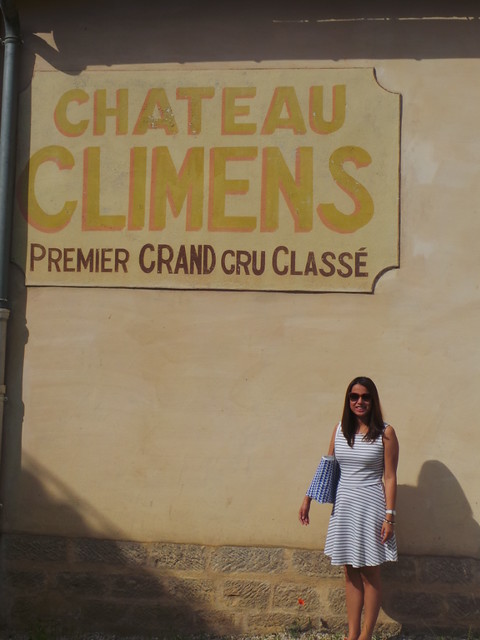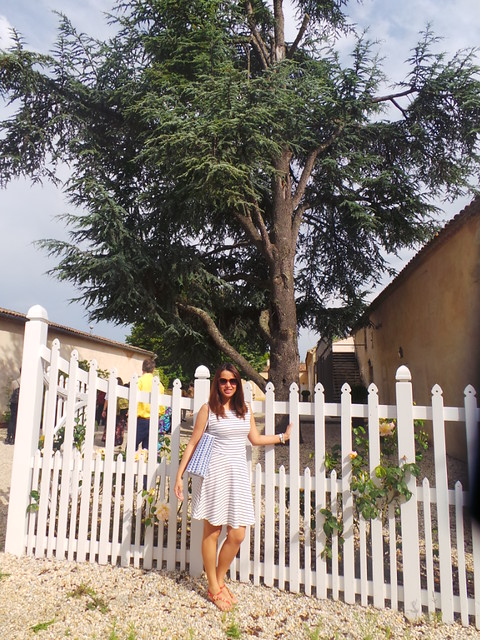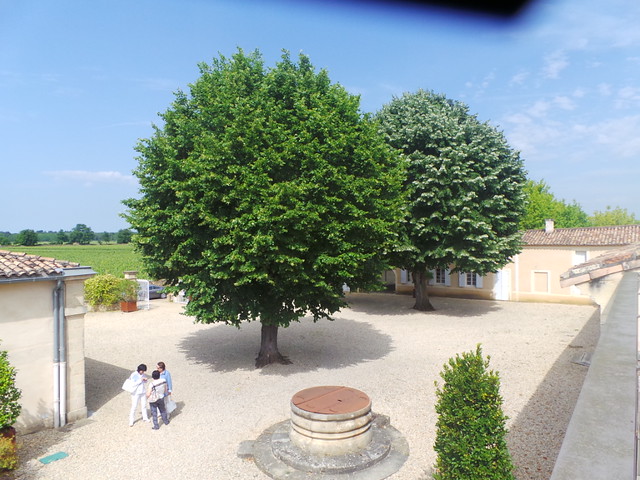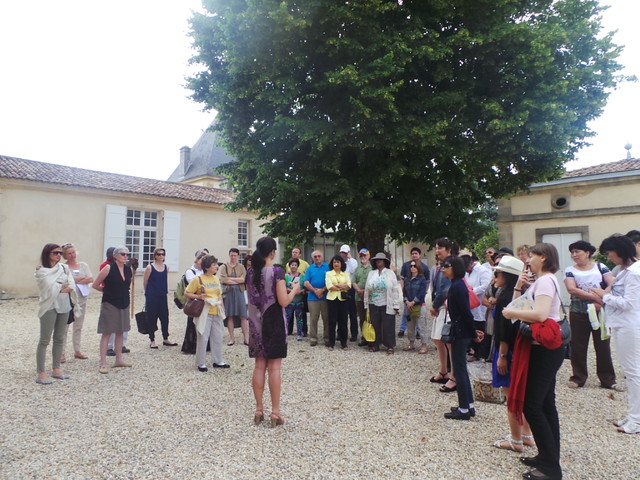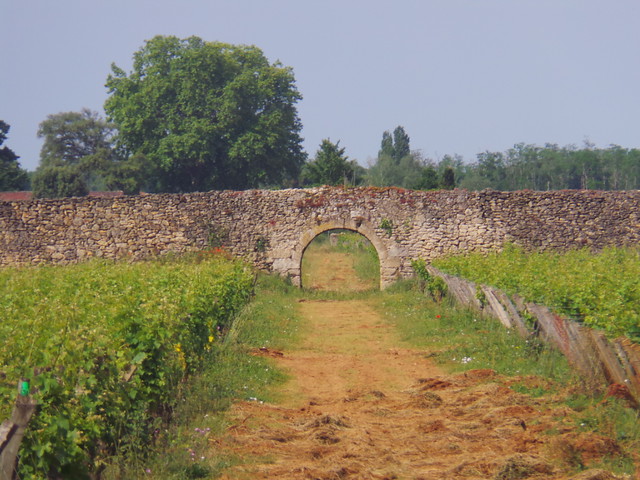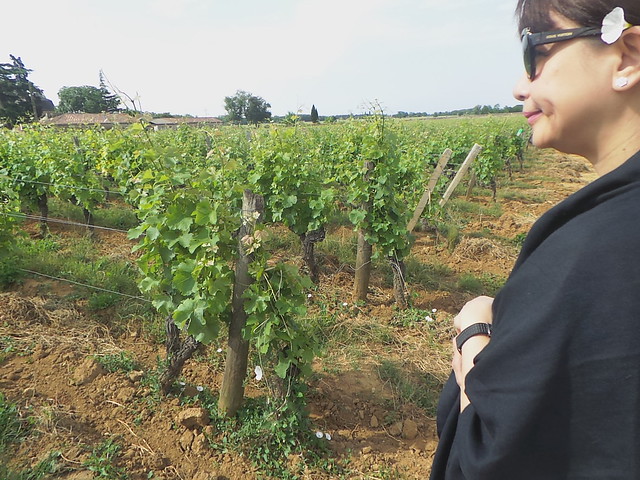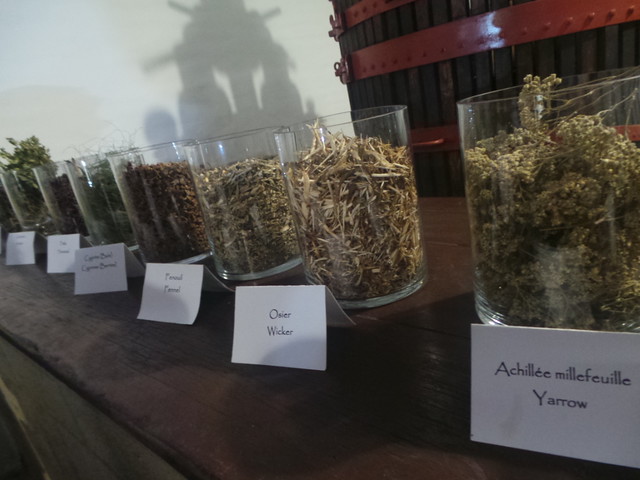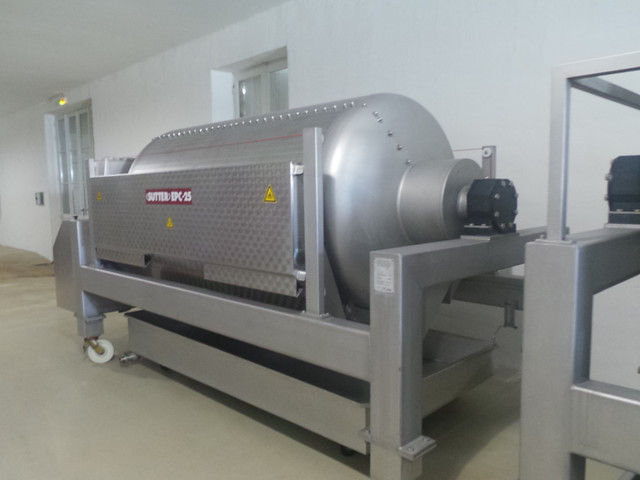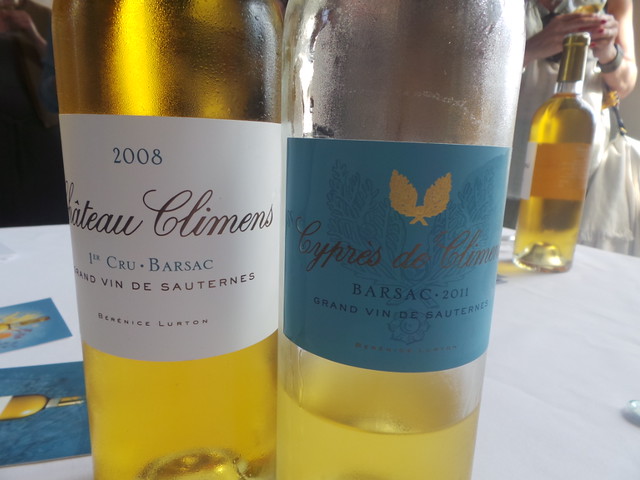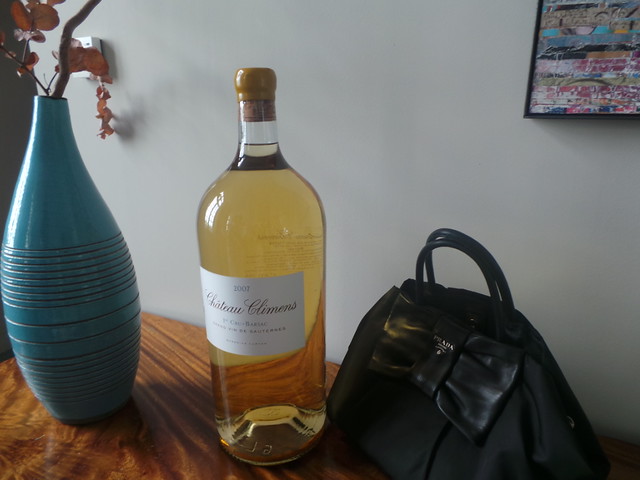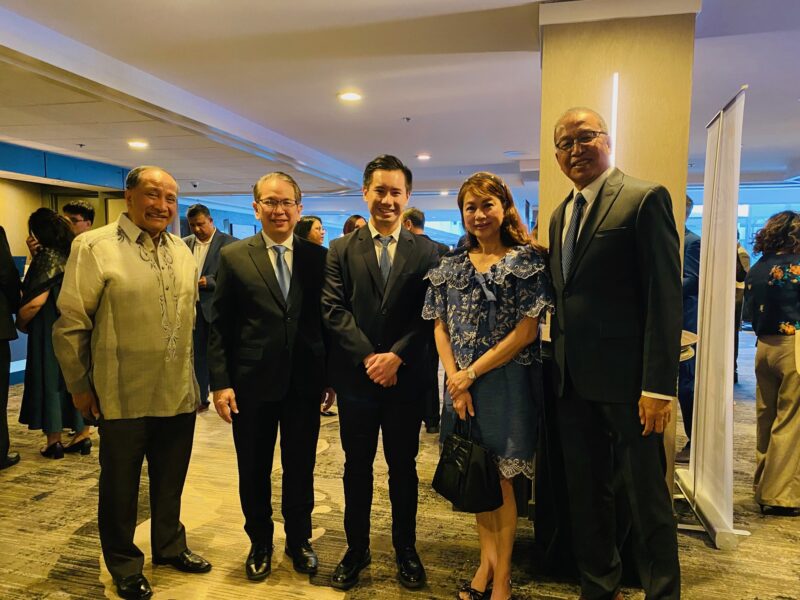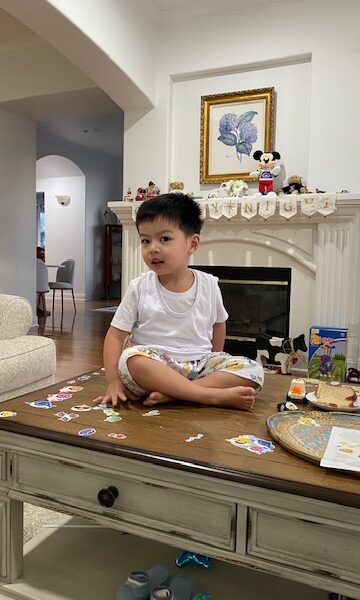Our second day of wine tasting tour started at 9 am. We were split into three groups, with each bus carrying one group and a tour guide. One bus went to Chateau Suduiraut while two buses including us went to Chateau Climens.
It’s farther away, which was good because I was able to catch up on sleep. It’s about one hour and a half away from Bordeaux city center, located in the district of Graves.
Yen with one of our tourmates from Malaysia_________.
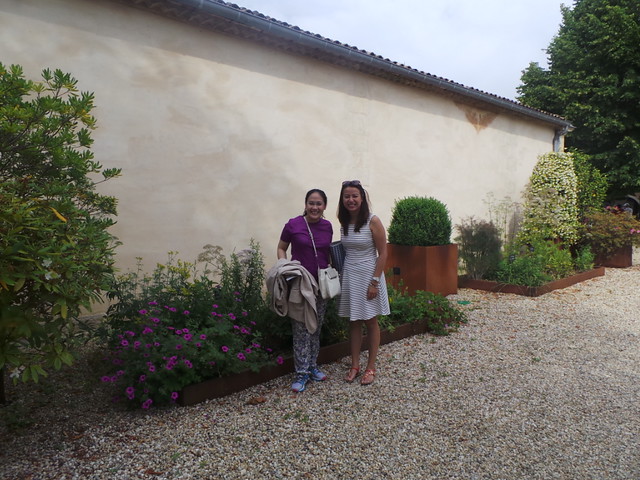
Yen and tour coordinator, Stephanie.
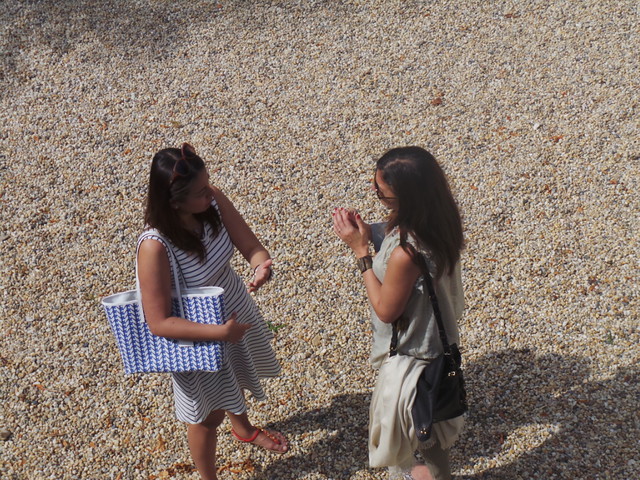
The temperature drops as soon as we’re under a shade.
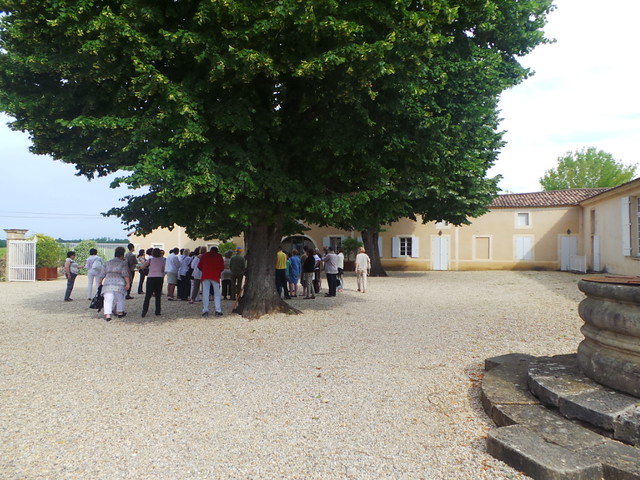
The manager of the chateau explains to us how vines are planted, grapes picked, wines produced.
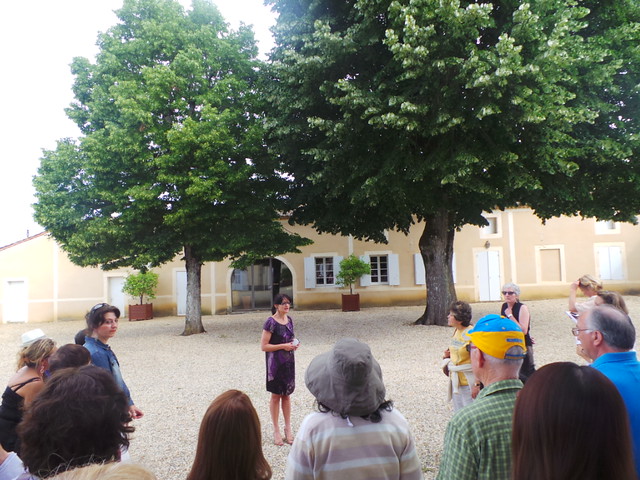
Owners of chateaus make every effort to preserve the estate’s heritage.
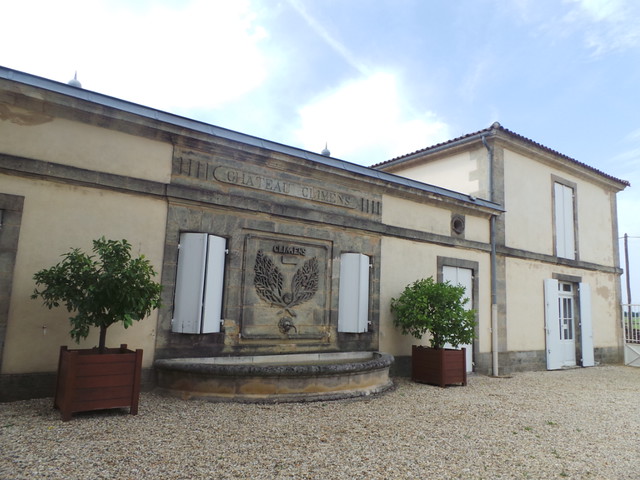
No vehicles on the road, no people walking. The scenery is just like in the movies.
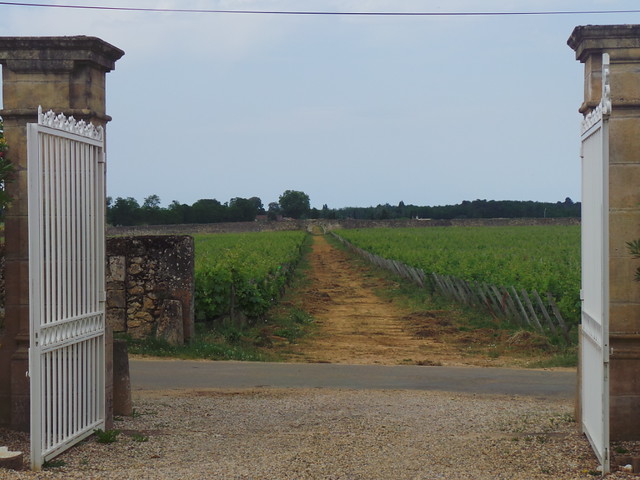
The kind of soil in the region or specifically in each vineyard determines the kind of grape that would grow perfectly in that area. Chateau Climens produces 100% of Semillon grape in its 29 hectares of land.
A tour-mate asked if those snails are the escargot that are served in restaurants. Dah!
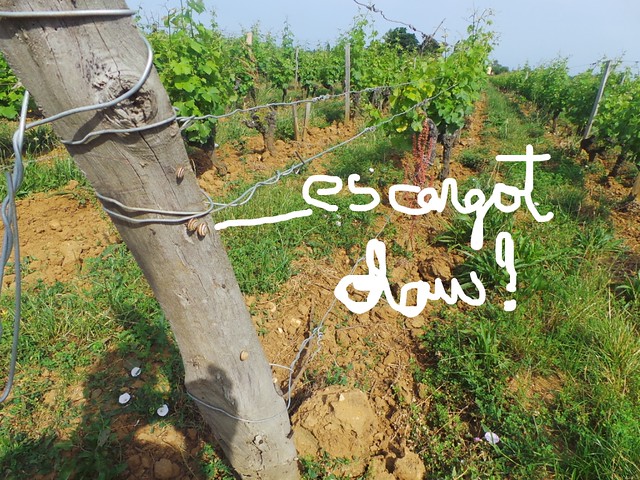
More roses. Remember? Roses? First line of defense?
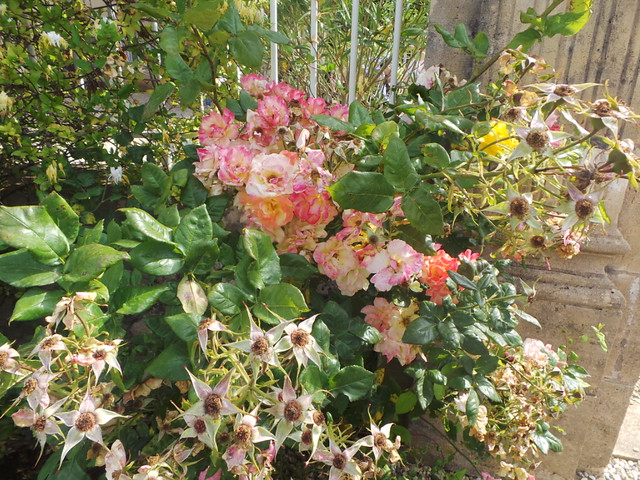
Chateau Climens produces the Premiere Cru (First Grown) and a second bottle named Cypres de Climens Sauternes and 45,000 bottles of wine each year. If the weather is bad, their production could drop to 35,000 bottles.
This is what’s used for wine -making nung araw. Ngayon, pang museum na lang.
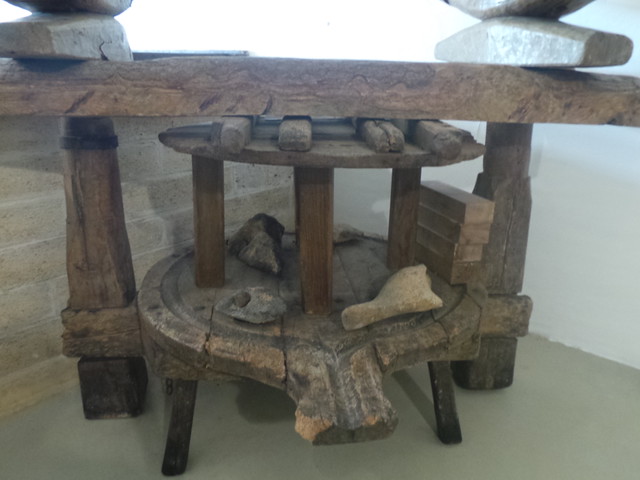
Just like in Chateau Smith Haut Lafitte’s cellar, it’s also cold and fresh-smelling here at Chateau Climens.
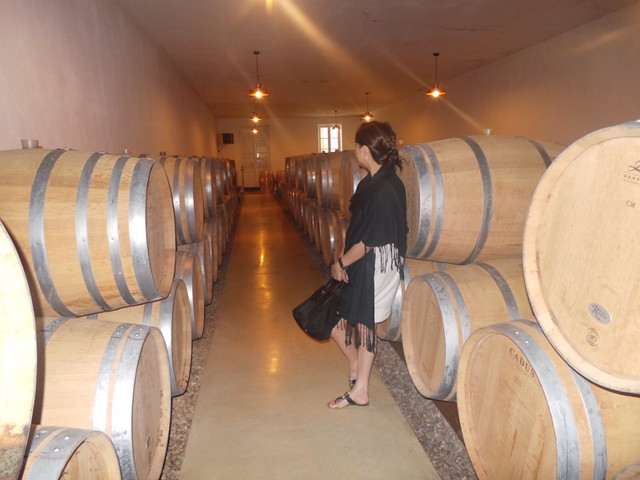
I want to have a few empty wine barrels made of oak from France.
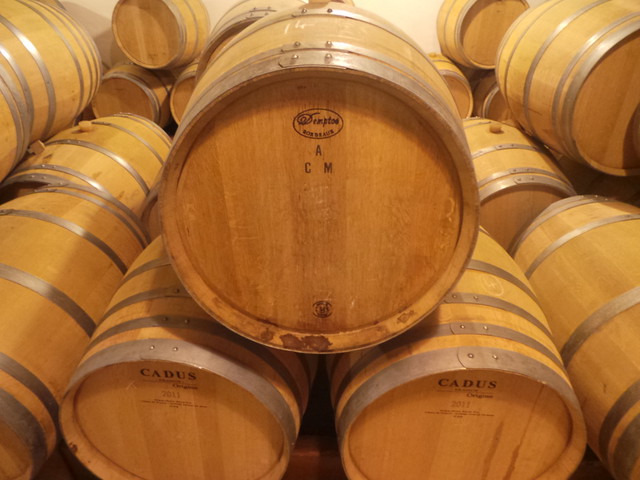
I was tempted to drink their white wine, I didn’t, I just smelled it.
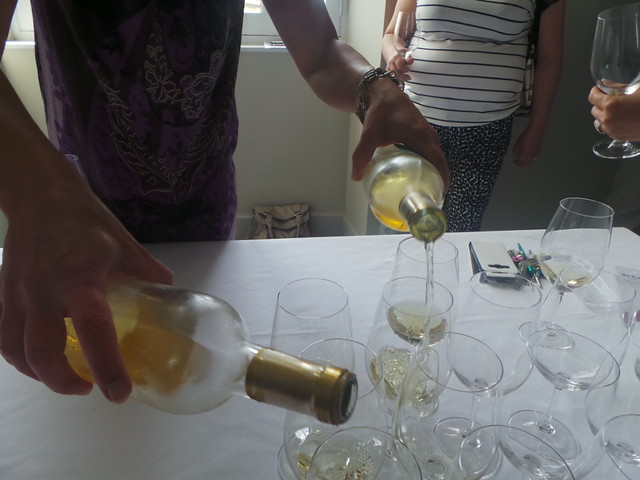
It’s sweet, fresh, fruity. The alcohol was subtle.
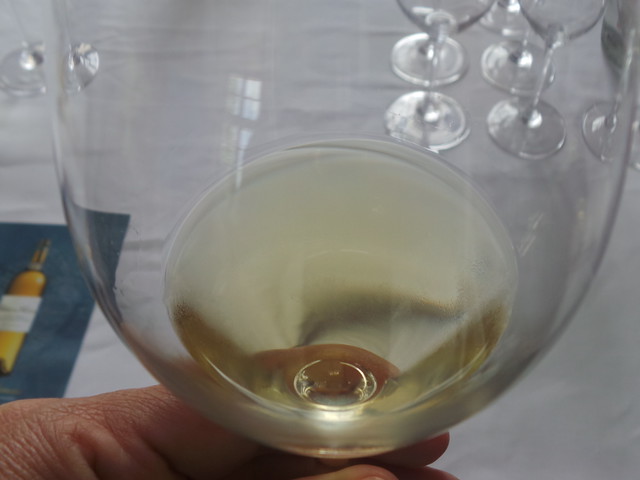
A bottle of Chateau Climens Premiere Cru sells for Euro 98 in their souvenir shop.
While the Cypres de Climens is Euro 48.

